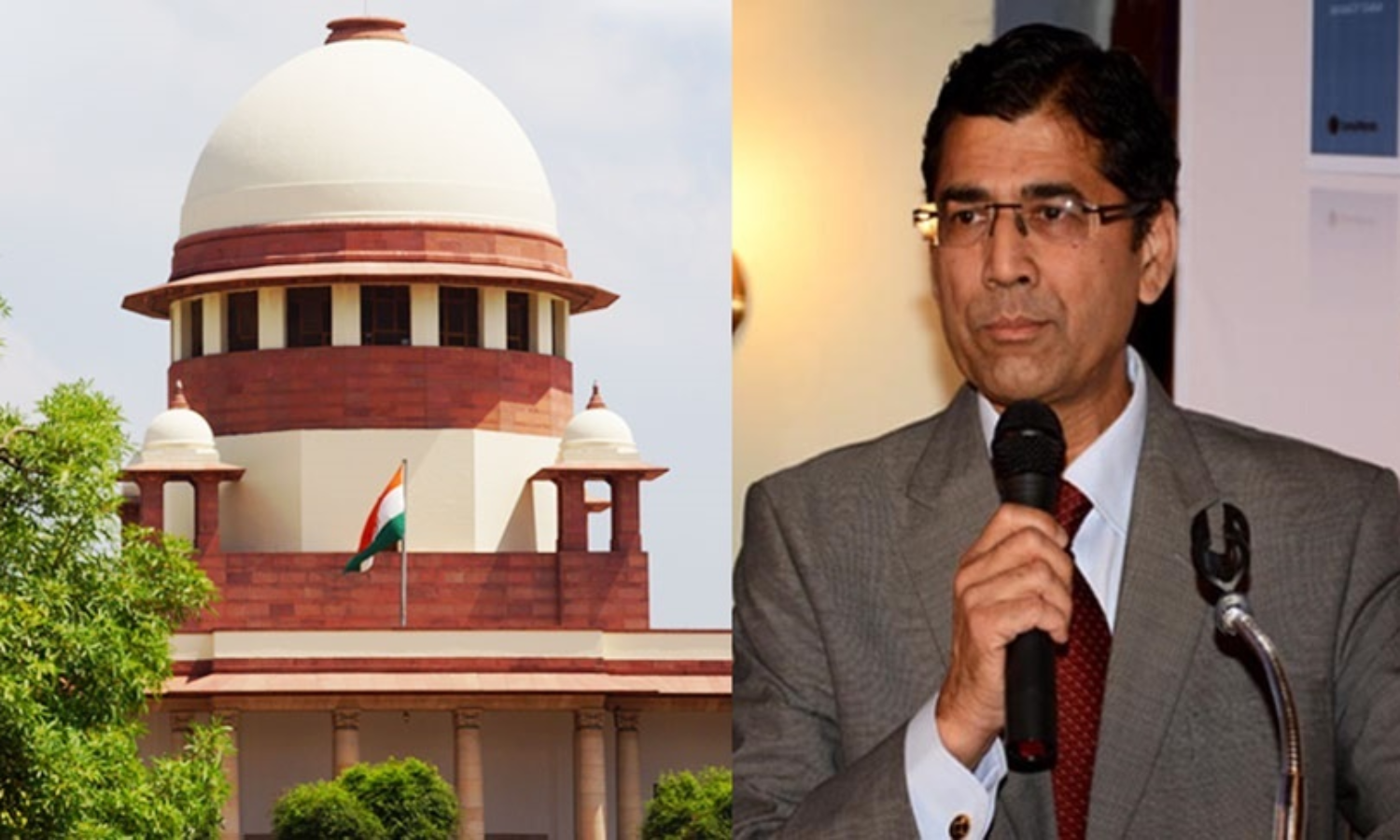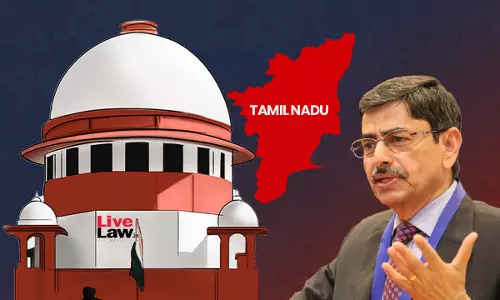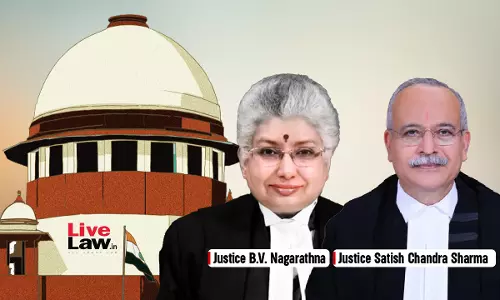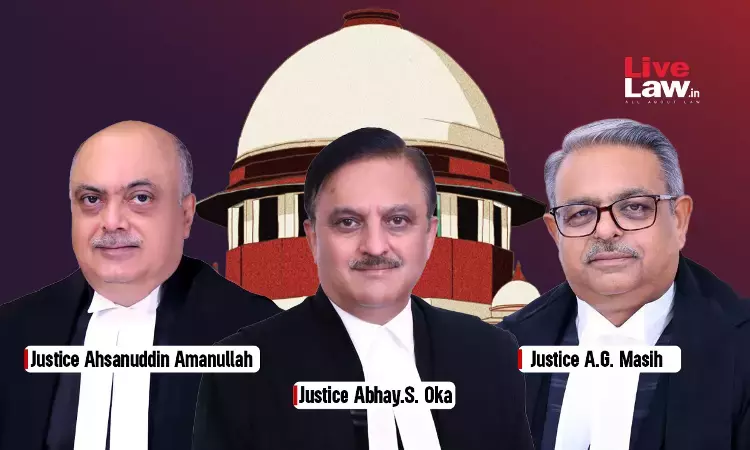Maratha Quota Case : Indira Sawhney Decision Delivered After Much Discussion; No Need To Revisit, Datar Argues In Supreme Court

A Constitution Bench of the Supreme Court started hearing on Monday the challenge against the constitutionality of Maharashtra Socially and Educationally Backward Classes (SEBC) Act, 2018, which provides for a quota to Marathas in jobs and education. The 5-Judge Bench headed by Justice Ashok Bhushan heard the arguments put forth by Senior Advocates Arvind Datar and Shyam Divan,...
A Constitution Bench of the Supreme Court started hearing on Monday the challenge against the constitutionality of Maharashtra Socially and Educationally Backward Classes (SEBC) Act, 2018, which provides for a quota to Marathas in jobs and education.
The 5-Judge Bench headed by Justice Ashok Bhushan heard the arguments put forth by Senior Advocates Arvind Datar and Shyam Divan, appearing Petitioners who have challenged the validity of the Act.
In today's hearing, Datar commenced his submissions on the issue of whether the 50% limit as set by the 1992 Indra Sawhney judgment could be crossed and as to whether the 9-Judge Bench judgement should be revisited.
Datar submitted that there was not a single Judgement which doubted the competence of Indra Sawhney and referred to multiple Constitution Bench judgements which had been referred to a 9-Judge or an 11-Judge Bench.
"We tried to find out when and why the Supreme Court sat 5 times in an 11-Judge Bench composition. In each case, the reason to refer to 11 Judges was a serious doubt in the matter of law. My proposition is that there is not a single Judgement post Indra Sawhney that I can locate about the revisiting of it", submitted Datar.
It was then highlighted by Datar that very high threshold was required before reference and had already been deliberated upon in Indra Sawhney.
"Indra Sawhney was delivered after so much of deliberation and discussion, that I humbly submit that there is no need to revisit. As far as 50% is concerned, it has been accepted by everyone since 1991 and has been applied for Articles 15(4) and 16(4). It has not been questioned unlike other cases", stated Datar.
He further averred that the Parliament, for 30 years, had left the 50% limit alone, and whenever it had been circumvented, Constitutional amendments were made. He then referred to Dr. Ambedkar's speech from 1948 to underline the point that the first principle of Article 14 had been placed at the apex.
Datar continued, "You can achieve equality by giving certain opportunities. That's what Dr. Ambedkar propounds in his speech. Till NM Thomas, no one says that 50% can be crossed. Indra Sawhney considers everything."
In response to Justice Rao's query on the issue that Indra Sawhney only deals with Article 16(4), Datar responded that nowhere it had been argued that Indra Sawhney could not be made applicable to 15(4) as well.
"Indra Sawhney is not restricted to 16(4) of the Constitution alone, but to reservation as a whole. Otherwise it would be paradoxical to say that it will be 50% for public posts, but for education, it would be 60-70%. Later judgements also do not question this. Immediately within a year of the judgement, Parliament understood that this would apply to admission in colleges also and that therefore, it would extend to 15(4). Both 15(4) and 16(4) are in the context of what we call affirmative action where the State can make special concessions", submitted Datar.
It was also submitted by Datar that wherever the Parliament wanted to overcome Indra Sawhney, they made four Constitutional amendments.
He submitted, "The fact that they haven't touched Indra Sawhney in 30-40 years is a ground that Indra Sawhney should not be revisited. The second ground is that our research has shown that Sawhney has not been doubted in any judgment. We can look at multiple cases where High Courts have applied 50% and struck down the laws. After Indra Sawhney, the 50% limit has been reiterated by four Constitution Bench judgements, including Nagaraj. Even recent Justice Arun Mishra judgement has touched upon it".
Datar then also put forth the issue pertaining to social dynamics and how the 50% limit is an essential part of equality.
"That is what Dr. Ambedkar calls the 'first principle. It's before all, it's a meta principle. 15(4) and 16(4) further this law of equality".
Datar then commenced his submissions on how the Marathas could not be perceived as a backward class and stated, "it would be putting all logic on its head if you say that Maharashtra is a far-flung area. This was not the intention of Indra Sawhney. It was to avoid rigidity. In North-East states, it has increased because it was needed. But the same cannot be said for Tamil Nadu, Karnataka and Maharashtra. It has to be taken into account that Dr. Ambedkar himself contemplated that reservation had to be confined to minorities. Reservation of majority was never envisaged by the founding fathers".
He then submitted that the Court could take judicial notice of the fact that a prosperous and progressive State like Maharashtra could not give reservation to Marathas and the SEBC Act had to be struck down.
"No reservation should exceed 50% and it should not be exercised by majorities. So, there's a complete bar. The relaxation is for populations of such far-flung areas on account of their being outside mainstream life, for factors peculiar to them because of which they need to be treated differently. Extreme caution must be exercised for this. Maharashtra's stance is that the Marathas are backward and they form 30% of the population. This, according to them, is the extraordinary situation which requires for the promulgation of the Act", submitted Datar.
Datar then referred to multiple reports by various Commissions, such as the Mandal Commission and the Justice Pandian Commission to address the assertion that Marathas were backward.
"This is untenable. The National Commission had also submitted that they were a forward class. In the Ram Singh case, it had been stated that the advice of the National Commission could not be ignored until and unless there was an extraordinary situation. Mandal Commission also submitted that Marathas had progressed. The entire nation has progressed, but 30% of Maharashtra insists that they have gone into backwards gear?"
Datar then concluded his argument by requesting the Bench to take the Ram Singh judgment, and to simply replace Jats with Marathas.
"The entire issue will then be decided. There is nothing to merit for the inclusion of Marathas in the Backward Classes list. There has been no extraordinary situation. I conclude on this note".
Senior Advocate Shyam Divan then commenced his submissions by referring to how the social and economic situation of Marathas had examined by various Commissions which had found that Marathas were not deserving of any reservation in any form or manner.
"Marathas have not only been Chief Ministers, but they have also formed the majority of individuals at the level of IAS, IFS and IPS officers. The Kalelkar Commission Report also noted that Marathas proved to be the ruling community. They have clearly been reported to be a forward-class in various Commission reports. Such communities have strong regional influence", submitted Divan.
Divan then underlined how the National Commission for Backward Classes had also held that Maratha was not synonymous with Kunbis and that they could not be categorized as a backward class.
"I echo the sentiment of Mr. Datar as well as the interim order passed by this Court which stated that you cannot suddenly have a situation after decades and decades of Independence and say that you're sliding back. The determination in the past has consistently rejected the notion that Marathas are a backward class. There was nothing to show that the Maratha community was sliding back and there was any retardation".
It was also submitted that the Maratha community had excelled in every sphere of society and that the MG Gaikwad Commission report in favour of the Maratha quota was flawed.
"It failed to consider that the community is politically organized and dominant. Such a community cannot be backward; it's only conservative".
Divan will resume his submissions tomorrow.
BACKGROUND
The pleas before the Constitution Bench challenges the Bombay High Court judgment passed in June 2019, and submits that the Socially and Educationally Backward Classes (SEBC) Act, 2018, which provides for 12% and 13% quota to the Maratha community in education and jobs respectively, violated the principles laid in the case of Indira Sawhney v. Union of India (1992) as per which the Apex Court capped the reservation limit at 50%.
The Bombay High Court, while upholding the Maratha quota, held that 16% reservation is not justifiable and ruled that reservation should not exceed 12% in employment and 13% in education as recommended by the State Backward Commission.
On September 9, 2020, a three-judge Bench of the Supreme Court referred the cases to a larger Bench to determine the issue whether State Government has the power to declare a class as Socially and Economically Backward after the Constitution (102nd) amendment




